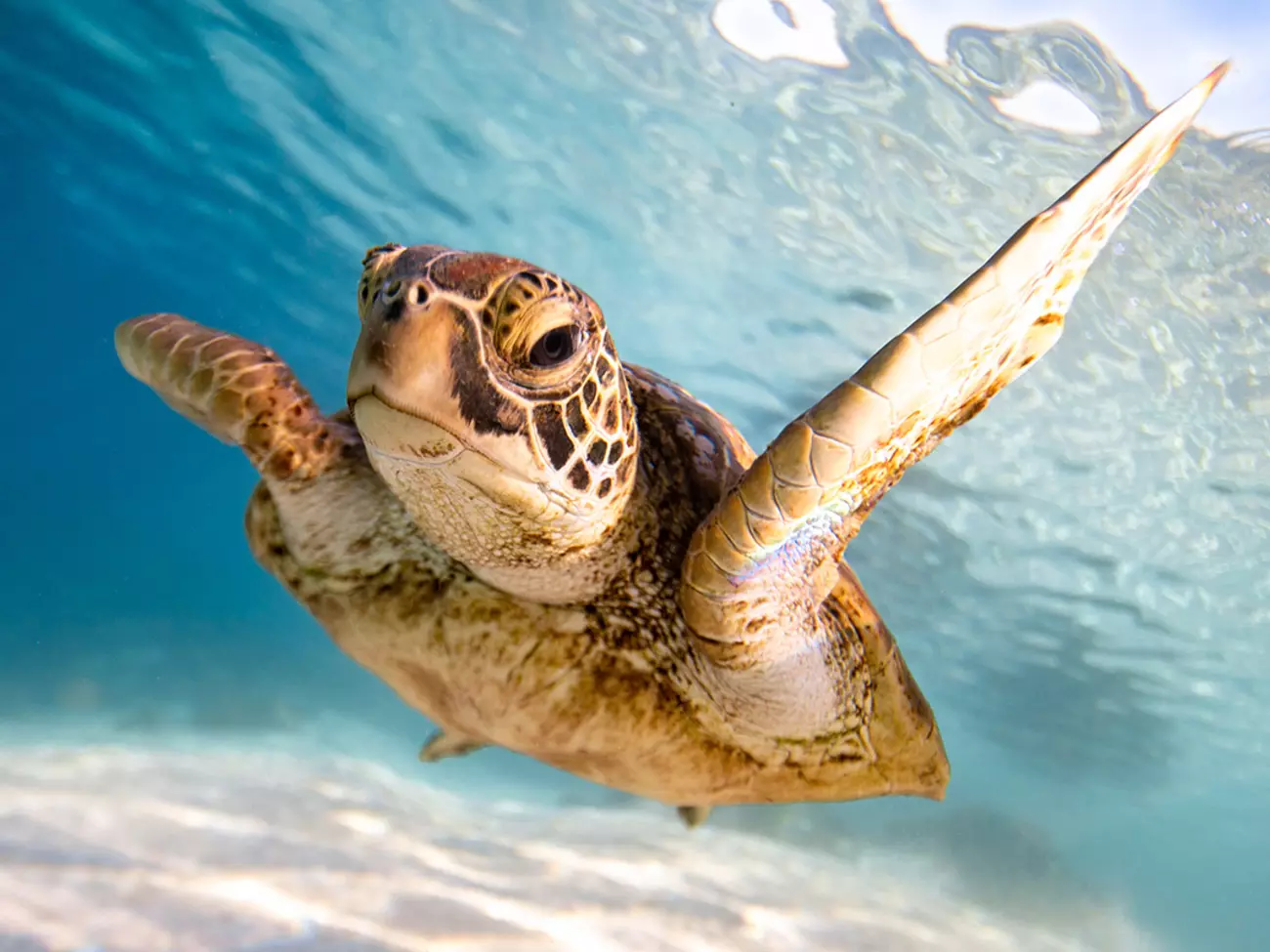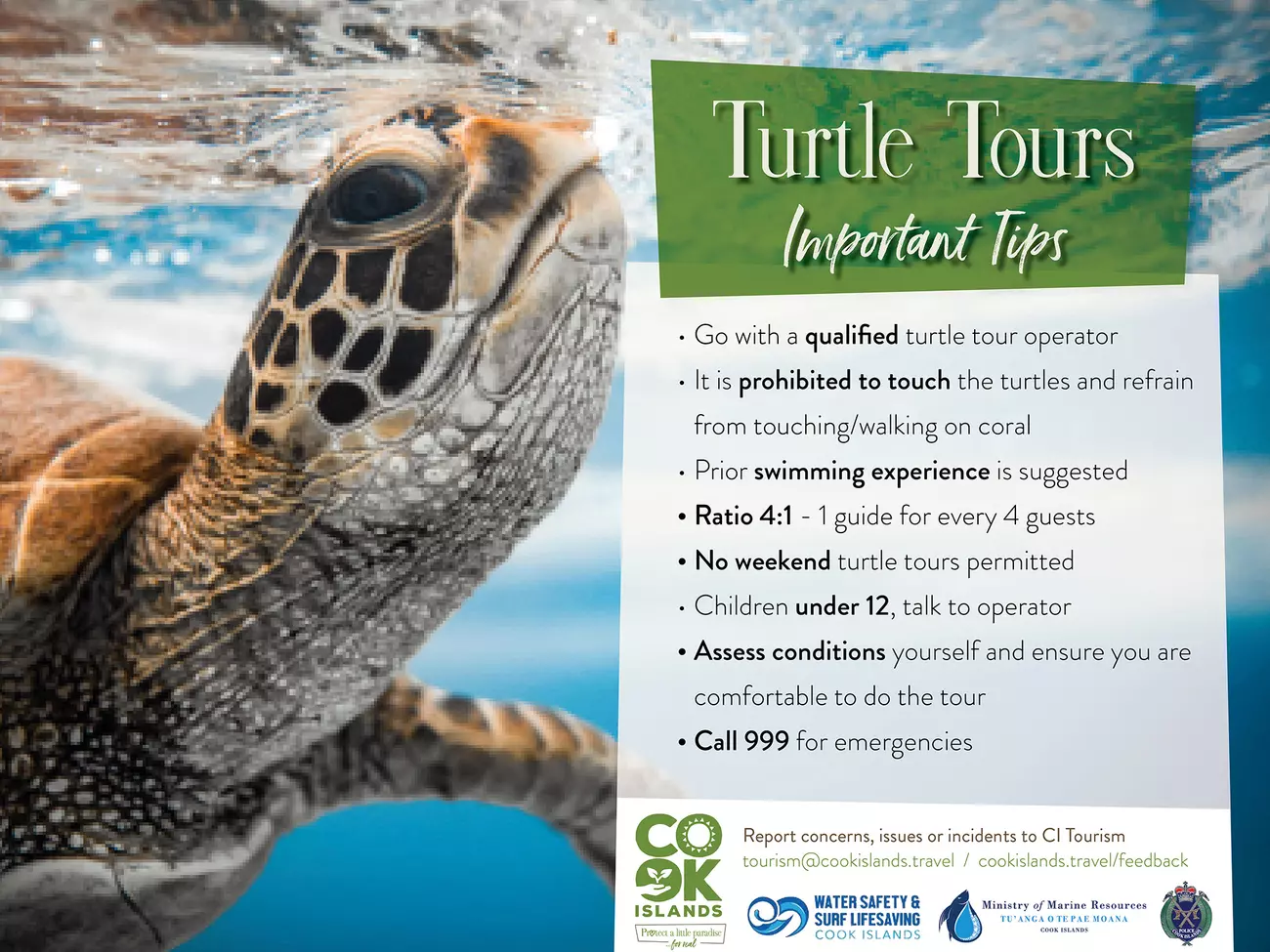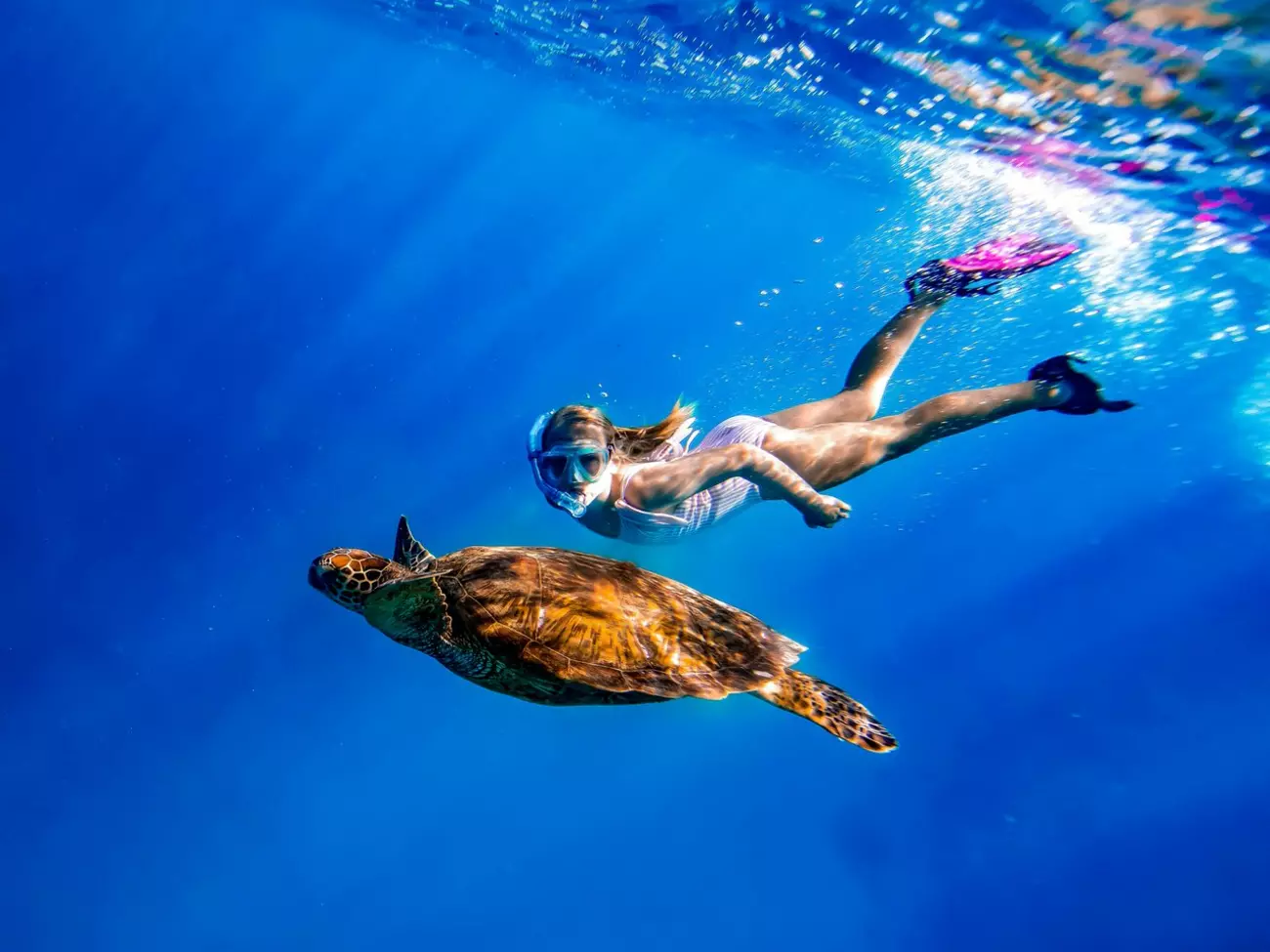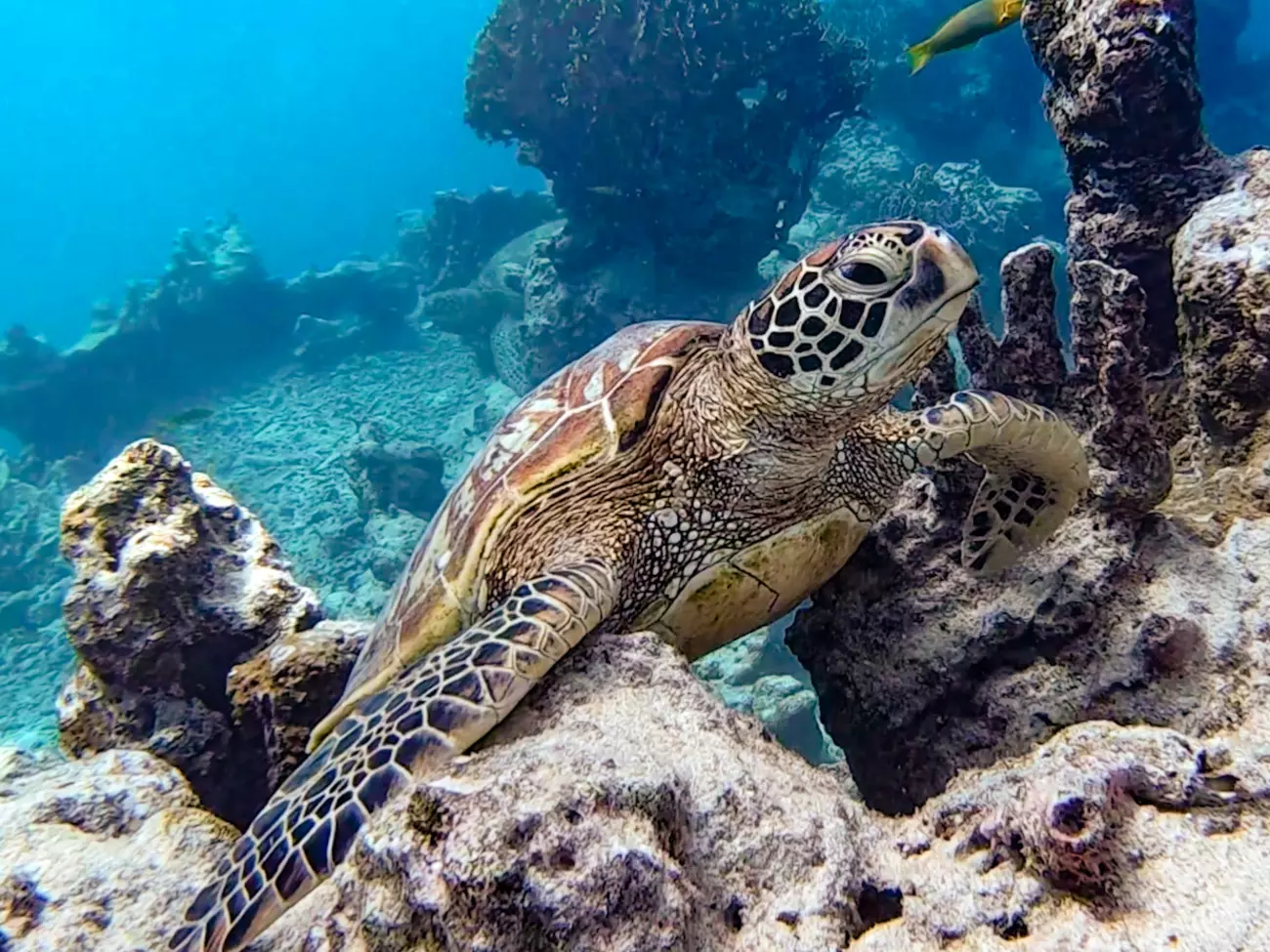Turtle Tour
Turtle Tour Safety
When going on a turtle tour, it is important to keep safety in mind. Here are some important considerations:
- Choose a qualified tour operator/guide who follows the 4:1 safety ratio. This means that there is 1 guide for every 4 guests.
- Do not touch the turtles. They are wild animals and should be respected. Maintain a safe distance of at least 2 meters.
- Refrain from touching or walking on coral. This can damage their natural habitat.
- If you have prior swimming experience, that is a plus. However, it is important to conduct your own risk assessment of the sea conditions on the day.
- Turtle tours are not permitted on weekends. This reserves the area for families and locals to enjoy the beach/lagoon. It also gives the turtles rest.
- If there are children under 12 years old, seek prior approval from tour operator. Operators who focus on smaller groups are more suited to take children under 12 years old.
Here are some tips on How to choose a tour operator
- Choose a tour operator that is Cook Islands Quality Assured. This confirms that they meet the minimum standards of being a quality tourism operator.
- Confirm with the tour operator that they abide by the 4:1 safety ratio.
- Only book tours that operate during the low tide on weekdays. Weekend tours are not permitted.
- Make sure the tour operator conducts safety briefings, has working safety equipment and quality snorkelling gear.
- Choose a tour operator that practices eco-friendly tourism. This means they encourage their guests on the right steps to take to reduce impact on the turtles natural environment, including not touching the turtles.
Here is the MOU between the Turtle Tour Operators and Cook Islands Tourism
Here are some additional tips for turtle tour safety:
- Wear comfortable swimmers, and suitable reef shoes.
- Only use sunscreen that is reef safe.
- Be patient and respectful of the turtles. They are wild animals and should not be disturbed.
Below are some resources that helps explain the best practices for swimming with turtles. Feel free to use these as you see fit.



